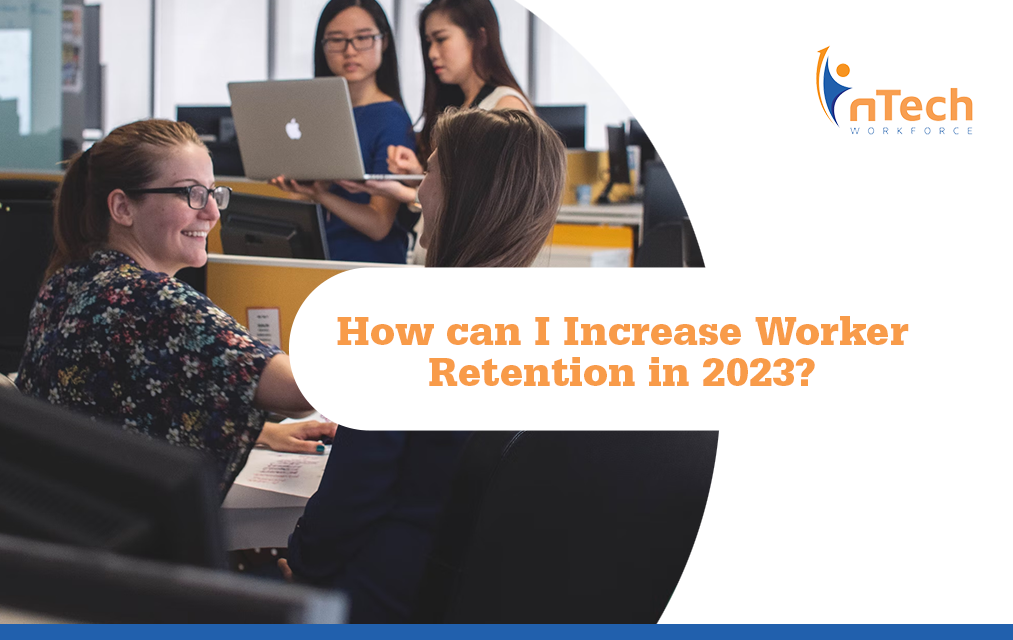Employee engagement is the key to a successful business with positive company growth. Organizations with high levels of worker engagement are four times more likely to succeed than others that don’t. Employee engagement is related to business success and the company’s growth as it affects productivity, profitability, absenteeism, customer satisfaction, and worker retention.
Employee engagement refers to the level of employees’ commitment to their jobs. Engaged employees are emotionally invested in their jobs as they genuinely believe in the organization’s core values and mission. Employee engagement depends on several factors, including how they are treated at their workplace, employee experience, and feeling of belonging and purpose in their work.
Despite employee engagement being one of the most sought-after things by an organization, a significant number of employees are disengaged from work. A recent Gallup survey revealed that employee engagement fell from 36% in 2020 to 32% in 2022. Disengaged employees cost US-based companies around $550 billion per year.
Why Does Developing Worker Engagement Increase Productivity?
Employees who are more engaged in their work are more likely to be highly productive, which leads to a more productive workforce. Gallup reported that engaged employees are 18% more productive than disengaged employees. Focusing on employee engagement naturally increases the productivity of your workforce by adding value to your employees’ work.
Better employee engagement also means higher retention rates. Organizations that focus on worker engagement witness low turnover rates. Engaged workers feel highly connected to their work and, therefore, are less likely to quit their jobs. On the other hand, disengaged employees will quit their jobs when they get a slightly better offer. 96% of employers believe that empathy is crucial to advance worker retention. Only 50% of employees believe that their CEOs are empathetic, while 92% of executive leaders believe that their organization is empathetic. As such, organizations should aim to close this gap between employee perceptions and their own.
What Are the Biggest Issues for Managing Frontline Workers?
One of the biggest problems executive leaders face is the disengagement of frontline workers, increased negative attribution, and low productivity. This is also related to how we measure a successful frontline worker in a way that is disconnected from worker needs. Cynthia Moore, Co-Founder, and VP at VMS Professionals, notes that a call center loses $24,000 on a contingent worker program based on a 40% turnover rate. The amount includes the cost of the trainer, the cost of the contingent worker, and the cost of the training itself. This cost is quite high for organizations with big call centers with a substantial amount of contingent workers.
How Do You Develop Sustainable Strategies For Worker Engagement?
An average human spends 81,000 hours working. The only activity that takes more time is sleeping. According to a poll, 60 percent of the people are emotionally detached from work, and 19 are miserable. This dissatisfaction translates to customer service and experience, as frontline workers are the first point for customer contact. This is quite unfortunate as companies are not spending enough time, resources, and energy to improve their work environment and employees' lives.
Jimmy Iannuzzi, VP and General Manager at nTech Workforce, talks about the strategies companies can use for developing and sustaining their employee engagement. “Reach out to them, shake their hand now and again to let them know we're thinking about having an outlet for them to provide feedback that goes such a long way.”
In the end, contingent workers are people who want to be engaged. Frontline workers have the most challenging jobs in most companies as they bear the brunt of customer frustration. They bear the brunt of production delays and have to work harder and longer. So the onus lies on the company’s intention in reaching out to your contingent workers and reducing that 40% turnover rate.
The above discussion demonstrates how employee engagement, productivity, and retention are related to the company’s growth and business performance. Better engagement converts to higher productivity and high performance.
At nTech Workforce, we believe that worker engagement, retention, and productivity are critical to a company's success. We empower our clients with unique tools and creative solutions that help them retain their most productive workers and witness sustainable business growth.





